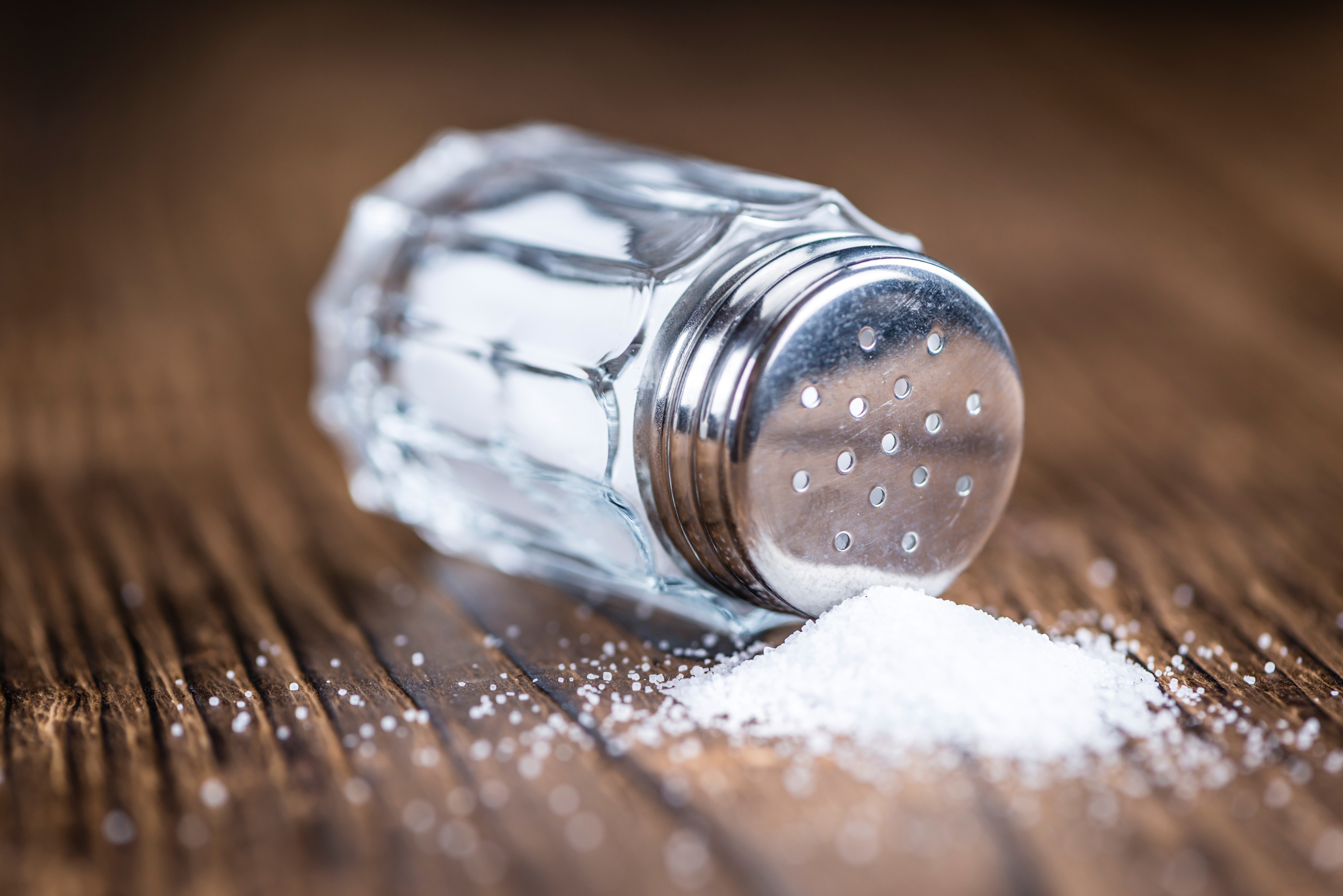Not a grain of salt
Published
When introducing toddlers to the wide range of food tastes and textures you know is good for them, it can be challenging to stick to a no/low salt diet. Emily Day, head of food development at Organix, explains why a no/low salt diet is crucial for babies and toddlers and how to achieve it.

Why is it important to keep salt content to low or no?
There’s no reason for salt to be added to baby finger foods and toddler snacks. What we feed our children in the early months can have a lifelong impact on their palate. If you introduce foods with added salt, a flavour which is naturally palatable to babies whose taste buds are just starting to develop, it could lead to an unhealthy relationship with food further down the line.
Why should we encourage children enjoy natural flavours?
When children grow up tasting and learning about natural flavours, it helps them to develop a healthy relationship with food. It’s important to acknowledge the vital role that nutrition plays in determining long-term health. The first 1000 days of a child’s life are pivotal: too much salt, added sugars, saturated fat and unnecessary ingredients may distort the natural flavours of the food and influence later eating habits. The aim is to protect children’s palates so they grow up to appreciate natural flavours that contain no artificial colours or flavours and no added salt.
How can the foods we choose to feed our babies impact their relationship with food in later life?
When babies hit the six-month mark and begin their weaning journey, they are developmentally ready to start discovering new tastes and textures. A positive early experience with nutritious foods and natural flavours will encourage them to prefer a healthy balance of varied foods because they like, and are used to, them. Whilst being fed with breast or formula milk, their palates will be used to plain flavours with a hint of sweetness. Breast milk is a more variable taste as it will have hints of some of the foods mum has eaten. So, the introduction of solids can be met with surprise and even reluctance, especially foods with a strong taste. The solution is to give babies lots of variety from the start. It’s also important that flavours are not masked with salt, or sweetened. As children grow, their food habits become more entrenched, so do get them on the right track from the start.
TOP SHOPPING TIPS
from dietitian and nutritionist Dr Frankie Phillips
• Look at the list of ingredients on the pack. If it’s lengthy – with more than 10 ingredients or names of ingredients you don’t recognise be suspicious about what might be in there.
• Added salt and refined sugar is not necessary for babies and toddlers, so always check the ingredients for these.
• Stick to natural flavours so your child learns to love the real taste of food. Look out for artificial flavourings.
• The nutrition panel, usually found on the back of pack, is key to determining whether anything is in excess. Be especially careful to read the sugars, salt and saturated fat contents to see if they are within health guidelines. For example, children under 12 months shouldn’t have more than 1g of salt per day in total.
• It’s not just about outing ‘bad’ ingredients, it’s about checking what’s good in there too! Look for nutritious foods in the pack such as oats, dried fruit and lower salt cheeses as these provide essential nutrients.
Visit www.organix.com







